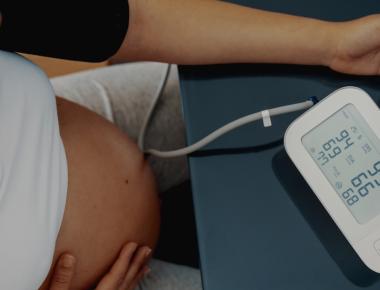
Magnesium Sulfate Reduces the Rocuronium Dose Needed on Patients with Myasthenia Gravis

Table Of Contents
The Novel Use of Magnesium Sulfate in Patients With Myasthenia Gravis
A long-term disease that weakens skeletal muscles is referred to as Myasthenia Gravis (MG). One recommended treatment option for this condition is thymectomy, the surgical removal of the thymus gland. This operation would require intubation, the process of inserting a tube through the mouth down into the trachea (airway/windpipe) so that air can get through.
A minimum dose of neuromuscular blockade (NMB), such as rocuronium blocks nerve signals to the muscles, thus relaxing them for easy intubation. However, some people with Myasthenia Gravis (MG) have difficulty getting a double lumen tube (DLT) placed through their airway, even with neuromuscular blockade (NMB).
Moreover, using neuromuscular blockade (NMB) even in a minimal amount may increase the risk of failed extubation (removal of the tube) and breathing problems after surgery of Myasthenia Gravis (MG) patients.
Rocuronium combined with sugammadex may be a good option for muscle relaxation management in patients with Myasthenia Gravis (MG). However, the high price of sugammadex limits its usage.
Magnesium sulfate has pain killing, anesthetic, and muscle relaxant effects. Previous research has shown that if patients are pretreated with magnesium sulfate, the time it takes to achieve 95% muscle relaxation is shortened.
This study was designed to see if the use of magnesium sulfate could reduce the dose of rocuronium needed for easy placing of the double lumen tube (DLT) in patients with Myasthenia Gravis (MG) scheduled for thymectomy.
The Study Method on Intubation with a Double-Lumen Tube in Patients Who Receive Magnesium Sulfate for Prevention of Muscle Relaxant-Induced neuromuscular Blockade
45 MG patients were recruited and randomly assigned into two groups: 23 were given magnesium sulfate, and 22 received normal saline. These agents were administered only after the patient had taken the train-of-four (TOF) test that determines the degree of muscle relaxation.
The aim here is to achieve a ratio of less than 10%. At the start of the study, the TOF ratio was obtained, then the study drug (magnesium sulfate or normal saline) was given. TOF ratio was taken again after. If the TOF ratio was above 10%, a dose of rocuronium was given repeatedly every three minutes until the TOF ratio was less than 10%.
Once achieved, the patient was intubated with DLT. The total amount of rocuronium injected was recorded. Blood pressure and heart rate were taken a minute before intubation and three minutes after intubation.
The Results
After magnesium sulfate was given, the TOF ratio of patients dropped significantly, resulting in a significant decrease in the amount of rocuronium needed to achieve the target TOF ratio of less than 10%. Two patients did not even require rocuronium in the magnesium sulfate group since the target TOF ratio had been achieved outright.

Overall, the intubation condition was significantly better in patients with magnesium sulfate. Intubation caused a significant increase in blood pressure and heart rate in the placebo group, but not in the magnesium sulfate group. Considerably fewer patients who had received magnesium sulfate had agitation (state of confusion, disorientation, and restlessness) after surgery.


The Conclusion
Magnesium sulfate is related to a decrease in rocuronium requirement for the best DLT intubation condition in patients with MG for thymectomy.
Reference
Related Posts

Quick Links
Legal Stuff






